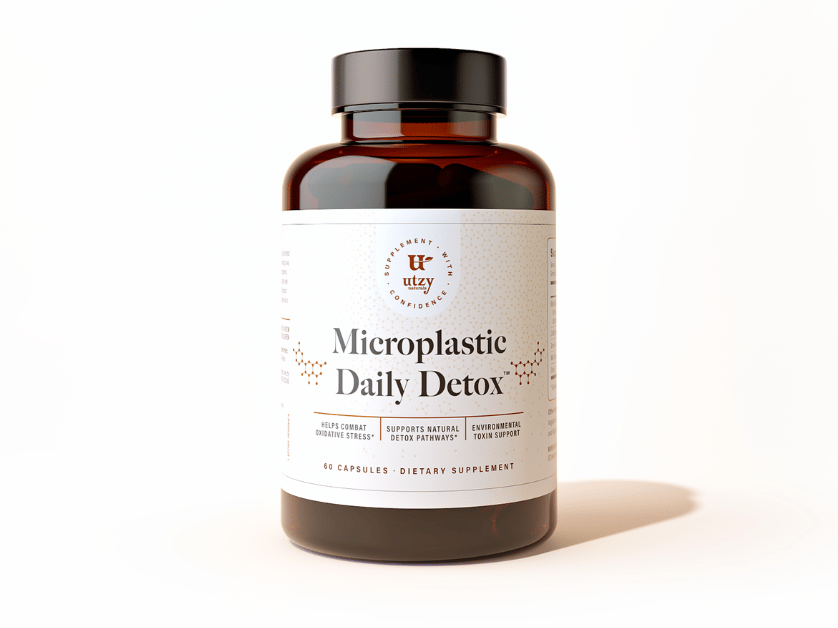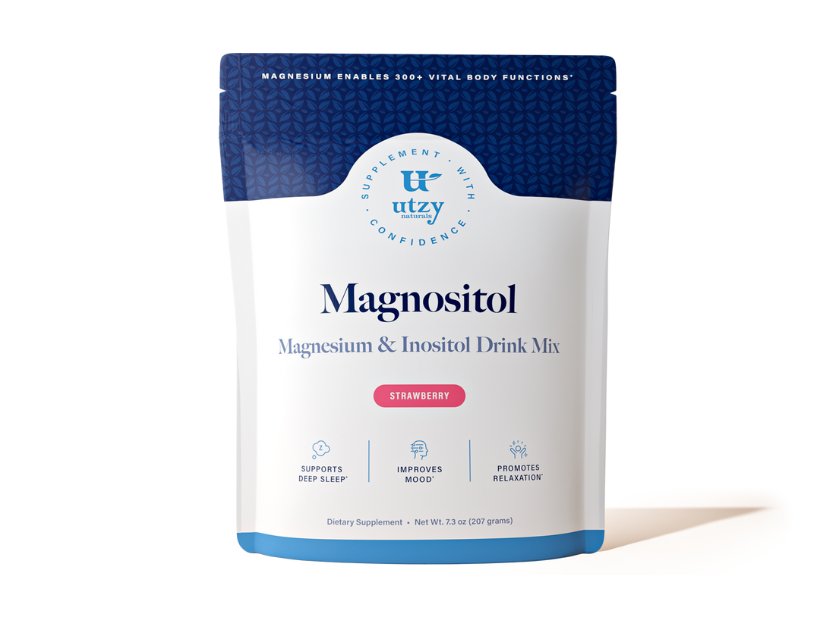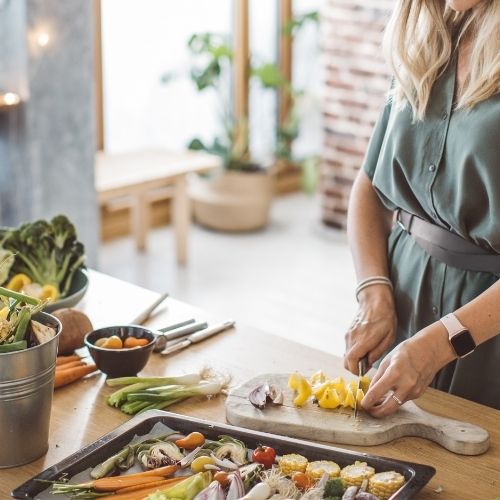shop
learn

5 Green Habits You Can Start Right Now
April 21, 2021 6 min read
As humans, it is our responsibility to take care of the Earth we live on.
There are people who reject this responsibility and are actively damaging the environment, while others simply don’t care.
Most of us though, want to help but don’t know where to start.
Making an impact does not require becoming a vegan or biking to work everyday, rain or shine.
There are dozens of simple green habits you can start doing right now to help reduce greenhouse emissions and protect the environment for future generations.
Here are a few simple ways you can get started.

1. Buy more eco-friendly clothes and take better care of the clothes you already have.
Purchasing durable clothes that are made using environmentally friendly processes reduces your environmental impact.
Did you know the average American throws away more than 80 pounds of clothing every year?
Making the decision to donate, recycle, or re-purpose clothing is a good starting point. Many textiles can be recycled but most end up in landfills.
Just like with other recyclable goods, sometimes the supply outpaces the demand. Many companies are only able to resell a fraction of the clothes that are donated.
And while the price is cheap, the environmental cost of producing and discarding clothes is very steep. That cute shirt made from nylon, polyester, or acrylic is more than likely made from petroleum, which will remain in a landfill for years while it slowly decomposes.
The Organic Consumer Association recommends buying jeans made in the USA and purchasing fair trade, organic cotton clothing.
While American made clothing tends to be more expensive, they tend to use higher quality materials and are crafted in a way to last. A more expensive pair of jeans that lasts 2-4x longer than a cheaper pair ends up being less expensive in the long run.
Some of our favorite brands include:
- Dearborn Denim - Based in Chicago, IL
- Raleigh Denim - Based in Raleigh, NC
- American Giant - Based in San Francisco, CA
- Taylor Stitch - Based in San Francisco, CA
- Red Wing Shoes - Based in Red Wing, MN
- Allen Edmonds - Based in Port Washington, WI
To keep the clothes you already have out of landfills for longer, there are simple things you can start doing right away.
The next time you get a stain or a tear in a favorite piece of clothing, drop that credit card and pick up the needle and thread.
Support vintage or second-hand stores and organize clothing swaps with friends.
For clothes that are on their deathbed, re-purpose them into cleaning rags or find cool craft projects online.
Paying attention to manufacturers’ instructions for care of garments, limiting how often you wash clothes, washing in cold water, and hanging clothes to dry are all proven ways to extend the life of your clothes and reduce your environmental impact as well.
2. Ditch The Plastic Habit
Think about the big picture before using plastic and choose better options when you can.
We are literally drowning in plastic. According to National Geographic, there is so much plastic in the world’s oceans right now that 5 grocery bags full of the stuff could sit on every single foot of coastline in the world.
What’s even more sobering is that the vast majority of plastic that is used just once will go on to sit in a landfill for at least 450 years, with some experts stating plastic will never break down.
Plastic use has exploded over the past 20 years but it’s not too late to start making some changes.
Ask your server to “hold the straw” next time when you go out to eat. Bring your own bags whenever you shop. Choose fresh fruits and veggies that are free from plastic packaging.
Instead of buying bottled water invest in a home filtration system. When you’re on the go, opt for a glass water bottle with a water filter.
While recycling is a good idea if you don’t already, recycling a little bit of plastic is better than recycling a lot of plastic.
Just like with clothing, we are discarding so many plastics that most of them will end up in landfills. They can’t all be re-used.
Think critically before you reach for that next plastic item and get in the habit of using glass or just saying no when you can.
3. Keep more money in your pocket and more stuff out of landfills
One of the biggest eco-friendly habits to consider is reducing the amount of stuff you buy. A lot of the problems plaguing the environment today can be traced back to overconsumption.
The problem is that the planet cannot keep up with the demands placed on it when all of us decide to acquire more stuff.
Whether it’s the newest iPhone, car, or living room set to fill the bigger house, the cost of these choices goes beyond price.
The first step to being a more responsible consumer is to become more aware.
First and foremost, do you truly need what you are about to purchase?
Asking yourself this simple question can stop impulse shopping in its tracks and may save you some money.
When you are preparing to make big purchases, do a little research.
Find brands that sell quality products that will last longer so you won’t have to replace them as quickly. If possible, try to buy items made from recycled materials that are locally made.
Another option is to buy things second hand or to borrow if it’s something you’ll only need to use a few times.
Be honest with yourself.
Do you really need that snow blower if every neighbor on your block has one? Get to know your neighbors and flex those sharing muscles.
When it’s time to get rid of something ask yourself if someone you know could use it before you throw it away. Sell it or donate it.
4. Minimize food waste
Stop wasting food, save money, and help the planet.
Imagine going to the grocery store and throwing away half of your groceries before you get to the car.
Most of us would be horrified if we saw someone so blatantly throwing away perfectly good food.
Unfortunately, it happens every single day.
In the United States alone, about 40% of food ends up in the trash. Wasting food is also quite the budget buster, with some estimates suggesting that the average family of four is throwing away $1600 per year.
Keep more of that money in your pocket and less of that food in landfills by following some simple strategies.
Always shop with a plan. It doesn’t have to be an elaborate plan. Simply think about what food you have at home already and make a grocery list based on the meals you’ll be eating before heading to the store.
When you get to the store, only buy what you need. Even if the larger items are on sale think realistically about how soon your household can finish what you buy.
Instead of letting 5 pounds of potatoes rot on your counter, opt for a few potatoes at a time.
Learn how to store your perishable foods properly so that you can get to them before they spoil. And yes, there is an app for that.
Get in the habit of using your most perishable foods first and freezing the foods you won’t be using for a while.
Take it another step and think about backyard composting. Fruit and vegetable peels, overripe produce, egg shells, coffee grounds, and newsprint junk mail can be up-cycled into a rich soil amendment full of beneficial microorganisms for the soil.
If you don’t have the space or patience for backyard composting, consider vermicomposting, which uses worms. And no, the worms won’t escape if you keep a bin in the garage, basement, or even in a corner of the kitchen. There are great online resources for building and running a worm bin.
By planning ahead with your food purchases and re-purposing food scraps, you can make a significant impact on cutting your household’s food waste and save more money.
5. Shop local
By choosing to purchase items from local merchants, you not only keep your dollars in the local community, you are also reducing the environmental impact of your purchase.
While using services that offer 1 or 2-day shipping for every single order offers convenience, each purchase that ships from those mega warehouses requires a unique transportation route from their door to yours.
Local merchants typically purchase higher quantities of multiple products from a variety of companies, which diminishes the per unit environmental impact of that purchase.
It is estimated that for ever $100 spent locally, $58 of those dollars stay right in your community. That goes towards the creation of new jobs and support for local community organizations.
Get started today!
A little bit can go a long way when it comes to having a positive impact on this planet.
As you examine your daily habits and consumption, try to find ways that you can adjust your routine or purchases to be more sustainable.
What you will discover is that not only will you have a positive impact on the environment, but you will typically get a higher quality product.
We would love to hear from you!
What is something you do to have a positive impact on the environment?

Leave a comment
Comments will be approved before showing up.
Also in Health
Subscribe
Sign up to get the latest on sales, new releases and more …
Join the Utzy Naturals Club!
Sign up and get the latest on sales, new releases, and more...





